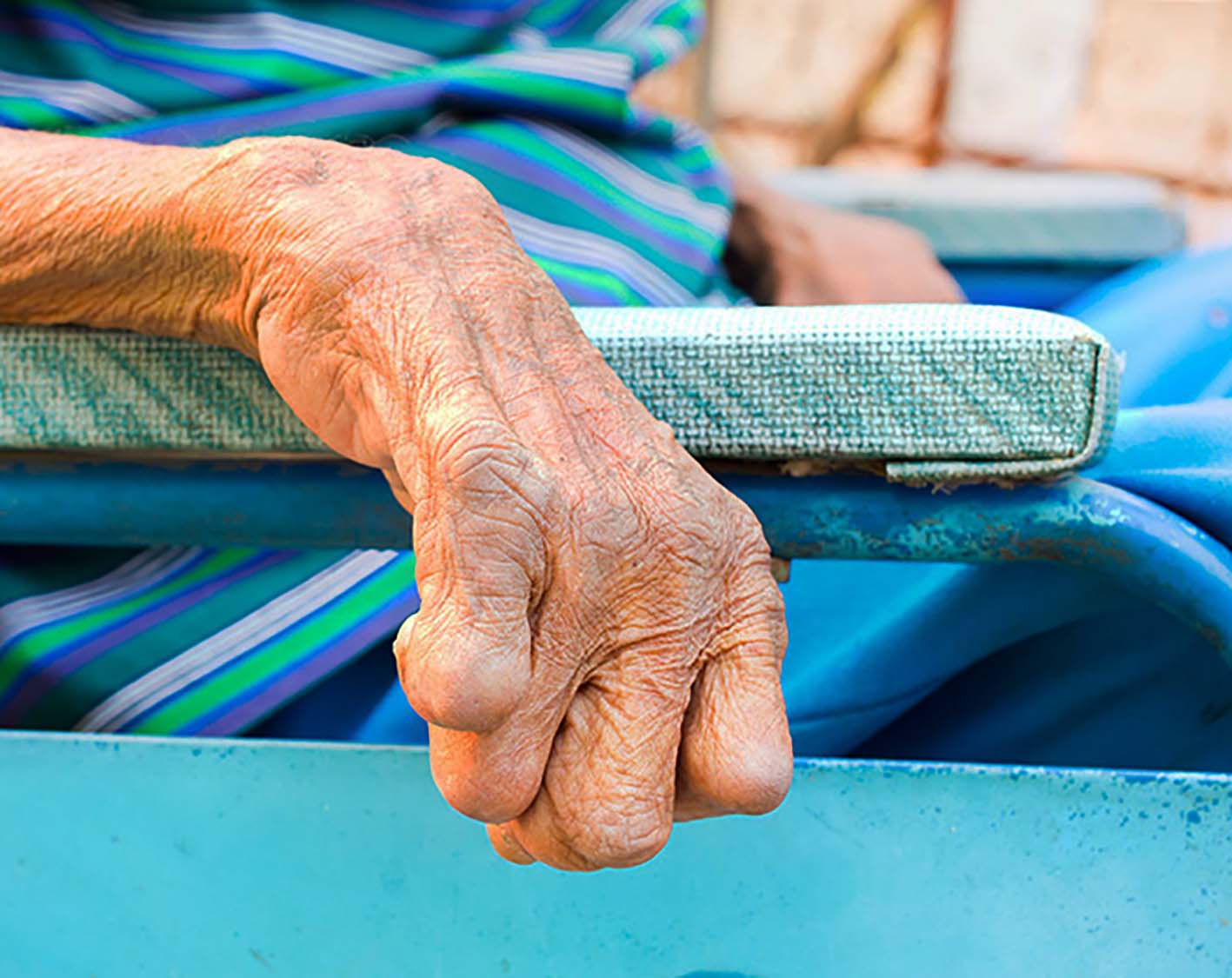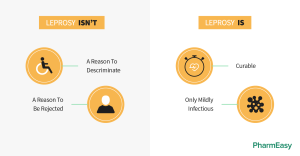- 8 February 2024
- 303
Leprosy Reality Check: Navigating Concerns in Florida

Introduction
Leprosy, also known as Hansen’s disease, is a chronic infectious disease caused by the bacterium Mycobacterium leprae. While it is rare in most parts of the world, including the United States, concerns about leprosy occasionally arise, particularly in states like Florida with warm climates and diverse populations. In this article, we’ll provide a reality check on leprosy, dispel common myths, and offer guidance on navigating concerns in Florida.
Understanding Leprosy
Causes and Transmission
Leprosy is primarily transmitted through prolonged close contact with an infected person, but it is not highly contagious. The exact mode of transmission is not fully understood, but it is believed to occur through respiratory droplets or contact with nasal secretions. Most people exposed to the bacteria do not develop leprosy due to natural immunity.
Symptoms and Progression
Leprosy affects the skin, nerves, and mucous membranes, leading to a range of symptoms:
- Skin lesions: Nodules, plaques, or patches with decreased sensation.
- Nerve damage: Loss of sensation, weakness, and muscle paralysis.
- Eye damage: Eye pain, vision loss, and blindness.
- Disfiguration: Thickened skin, facial changes, and limb deformities.

Dispelling Myths about Leprosy
Myth: Leprosy is highly contagious.
Reality: Leprosy is a mildly contagious disease that requires prolonged close contact for transmission. Most people exposed to the bacteria do not develop the disease due to natural immunity.
Myth: Leprosy causes limbs to fall off.
Reality: Leprosy can cause nerve damage and loss of sensation, leading to injuries and infections that may result in limb loss. However, with early diagnosis and proper treatment, limb loss can often be prevented.
Myth: Leprosy is a punishment from a higher power.
Reality: Leprosy is a bacterial infection, not a punishment or divine curse. It is important to combat stigma and discrimination against individuals affected by leprosy.
Navigating Concerns in Florida
Recognizing Low Risk
While cases of leprosy have been reported in Florida, the risk of contracting the disease remains low:
- The majority of cases occur in individuals who have lived in or traveled to regions where leprosy is endemic, such as parts of Asia, Africa, and Latin America.
- Health authorities in Florida actively monitor and investigate cases to prevent transmission and ensure proper treatment. Explore More About (Heat Rash)
Seeking Medical Evaluation
If you have concerns about leprosy, seek medical evaluation from a healthcare provider:
- Early diagnosis and treatment are crucial for preventing complications and reducing the risk of transmission.
- Healthcare providers can perform diagnostic tests, such as skin biopsies and bacterial cultures, to confirm or rule out leprosy.

Practicing Preventive Measures
To reduce the risk of leprosy and other infectious diseases, follow basic hygiene and sanitation practices:
- Wash hands regularly with soap and water, especially after contact with potentially contaminated surfaces.
- Avoid close contact with individuals known to have leprosy lesions or symptoms.
Raising Awareness
Educate yourself and others about leprosy to combat stigma and misconceptions:
- Share accurate information about the causes, symptoms, and treatment of leprosy.
- Support organizations and initiatives working to improve leprosy diagnosis, treatment, and prevention efforts globally.
Conclusion
Leprosy is a rare but treatable disease that occasionally sparks concerns in regions like Florida. By understanding the facts about leprosy, dispelling myths, and taking appropriate precautions, individuals can navigate concerns and promote a more informed and compassionate approach to addressing this ancient disease.

